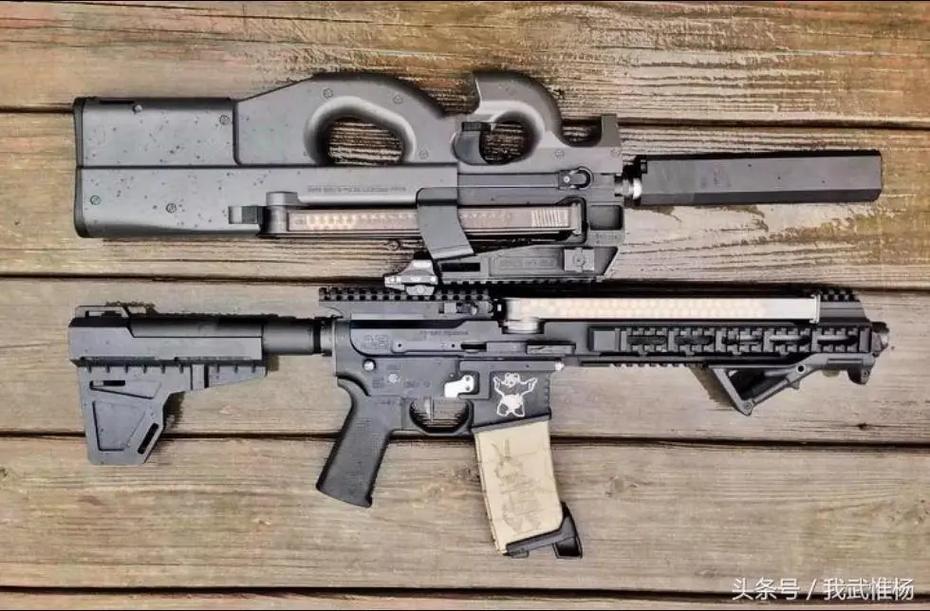Understanding the Scoped AR-15: A Comprehensive Guide
Are you intrigued by the scoped AR-15 and its capabilities? If so, you’ve come to the right place. The scoped AR-15 is a popular choice among firearm enthusiasts and professionals alike, thanks to its accuracy, versatility, and customizable features. In this detailed guide, we’ll delve into the various aspects of the scoped AR-15, from its history to its components, and everything in between.
History of the Scoped AR-15

The scoped AR-15 has its roots in the original AR-15 rifle, which was designed by Eugene Stoner in the late 1950s. The original AR-15 was a lightweight, gas-operated, magazine-fed rifle with a rotating bolt. Over the years, the AR-15 has evolved, and the scoped version has become a favorite among hunters, shooters, and law enforcement officers.
Components of a Scoped AR-15
A scoped AR-15 is made up of several key components, each playing a crucial role in its performance. Here’s a breakdown of the essential parts:
| Component | Description |
|---|---|
| Receiver | The receiver is the central part of the rifle, housing the bolt, trigger, and magazine. It comes in two types: the lower receiver, which holds the magazine, and the upper receiver, which houses the barrel and bolt. |
| Barrel | The barrel is the tube through which the bullet travels. It’s available in various lengths and calibers, with the most common being 5.56mm and .223 Remington. |
| Bolt | The bolt is responsible for cycling the action of the rifle, including feeding the cartridge, extracting the spent casing, and chambering a new round. |
| Stock | The stock is the part of the rifle that you hold and shoulder. It comes in various designs, including collapsible stocks for adjustable length of pull. |
| Handguard | The handguard is the tube that covers the barrel and provides a place to grip the rifle. It’s available in various materials and designs, including aluminum, polymer, and carbon fiber. |
| Scope | The scope is the optical device that allows you to aim at your target. It comes in various magnifications and reticles, with the most common being 4x, 6x, and 10x. |
Benefits of a Scoped AR-15

There are several benefits to using a scoped AR-15:
- Accuracy: The scope provides a clear, magnified image of the target, allowing for more precise aiming and shooting.
- Range: The scope allows you to shoot at greater distances than you would with iron sights.
- Versatility: The scoped AR-15 can be used for various activities, including hunting, target shooting, and law enforcement.
- Customization: The scoped AR-15 can be customized with various accessories, such as different stocks, barrels, and scopes, to suit your specific needs.
Choosing the Right Scope for Your Scoped AR-15
Selecting the right scope for your scoped AR-15 is crucial for optimal performance. Here are some factors to consider when choosing a scope:
- Magnification: The magnification of the scope determines how much the target is magnified. A higher magnification allows you to shoot at greater distances, but it can also make the scope heavier and more expensive.
- Reticle: The reticle is the pattern or crosshair that helps you aim at the target. There are various types of reticles, including mil-dot, BDC, and MOA.
- Material: The material of the scope can affect its durability and weight. Common materials include aluminum, magnesium, and titanium.
- Waterproofing and Fogproofing: A scope that is



